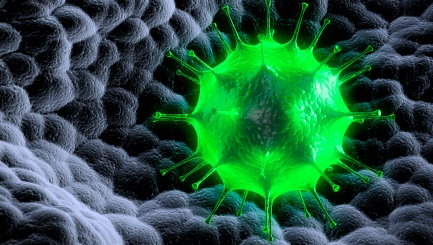3 Factors That Contribute to Healthcare-Associated Infections
Going to the hospital is no picnic. Just ask anyone who has recently been admitted to a health care facility. Some people dislike hospitals so much that they resist going there as much as possible. They are only forced to do so at the last minute when efforts of self-treatment fail or when a simple disease like a cold has evolved into something more complex requiring a medical professional’s help. One of the reasons why they fear the hospital could be because of healthcare-associated infections–also known as hospital acquired infections–(HAIs) which often times can prove to be more fatal than the original illness.
Three years ago, HAIs became a leading cause of death, which probably also increased people’s anxiety about being admitted in the hospital. However, if you pin down the factors that contribute to HAIs, then it would be a lot easier to reduce the probability of it happening. Here are some of the major factors that increase the risk of Healthcare-Associated Infections.
Poor Hand Hygiene
Hand hygiene is crucial in the hospital especially since healthcare professionals are handling multiple patients at one time. The hands are the most common medium for pathogens to transfer from patient to patient–who are all confined within the same healthcare environment. Although proper hand hygiene must be observed in any hospital or other healthcare environments, it’s so easy to forget this practice especially when things become so hectic and there are more patients than hospital staff. One way to remedy this factor is to provide a brief refresher course on how to maintain proper hygiene–especially hand hygiene–at all times. The installation of hand sanitizer dispensers outside hospital room doors is also a great way to remind the staff to cleanse first before moving on to the next patient.
Nurse Understaffing
Nurse understaffing is a reality that exists in a lot of healthcare institutions today. Due to being understaffed, nurses are sometimes forced to go on multiple straight hour shifts, leaving them burned out and driven to the point of exhaustion. This in turns affects their performance at work and in the medical industry, this is a very dangerous thing. In fact articles likethis have explained the link between nurse understaffing and increase in HAIs. The article based its findings on a study published in JAMA Pediatrics. Looking at the problem, one of the best solutions would be to hire more people to lighten the load and help each nurse perform better. This is easier said than done as most hospitals are quicker in letting go of employees than hiring new ones. Some healthcare institutions are also struggling with budget cuts, forcing them to retrench employees further understaffing their workforce. It’s not easy for healthcare professionals to work straight shifts so what they can do is to take power naps in between. Even just a short nap can help rejuvenate them rather than having any sleep at all.
IV Infection
When people get admitted in the hospital, their immune systems are already compromised, making them even more vulnerable to HAI. Their condition could take a turn for the worse when bacterial infection sets in especially when it enters the bloodstream. IV infections can be deadly like the tragic incident that happened in Alabama. One of the ways that bloodstream infection can be prevented is through the use of iv access ports that disinfect prior to line access to prevent contamination. By doing this, the probability for cross contamination in between rooms is greatly reduced.
Despite your fears about HAIs, don’t let these stop you from having a proper checkup. A simple cold could turn out to be more especially if you’re not getting any better for weeks. It’s still safe to get a healthcare professional’s advice.


Comments are closed.